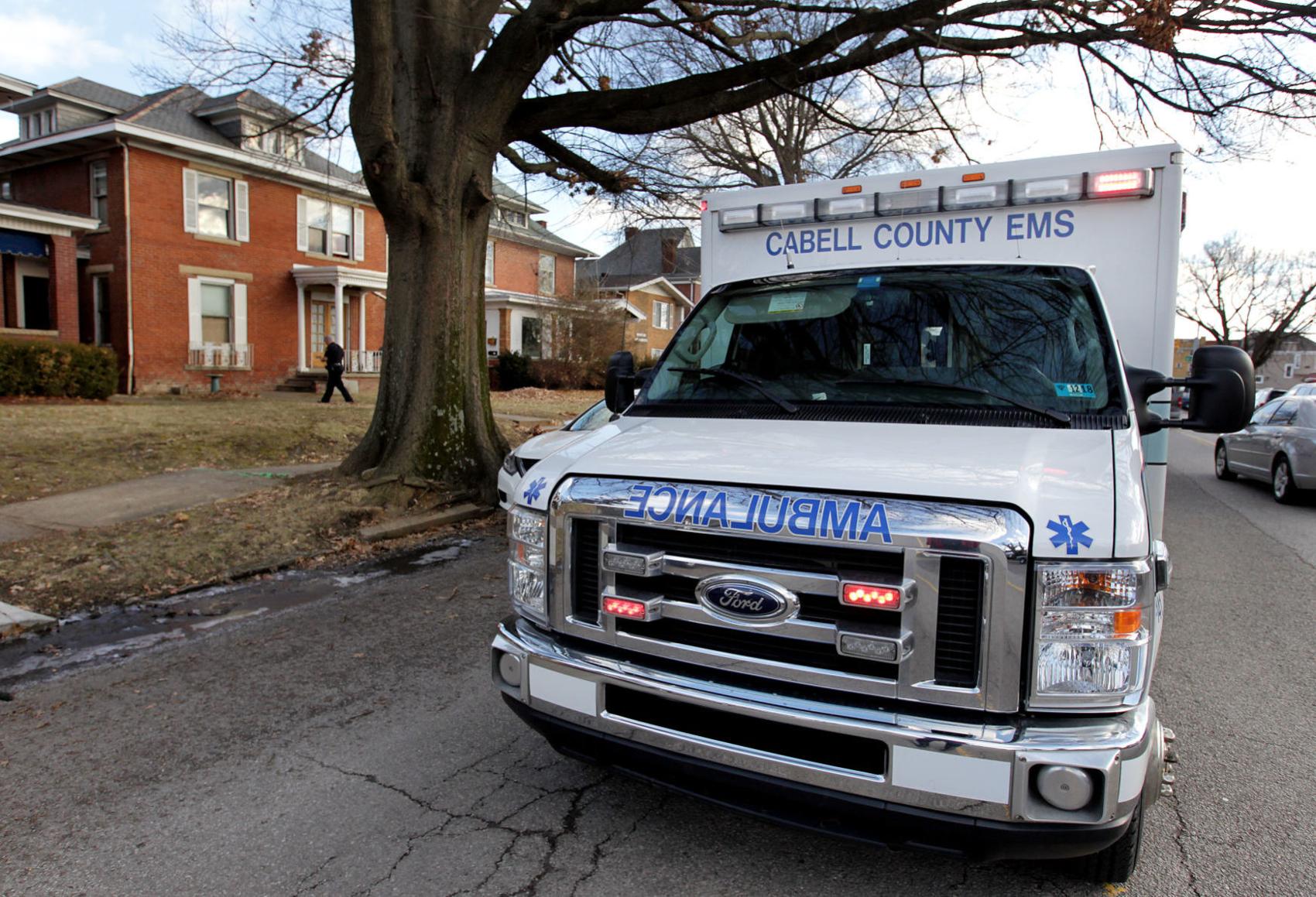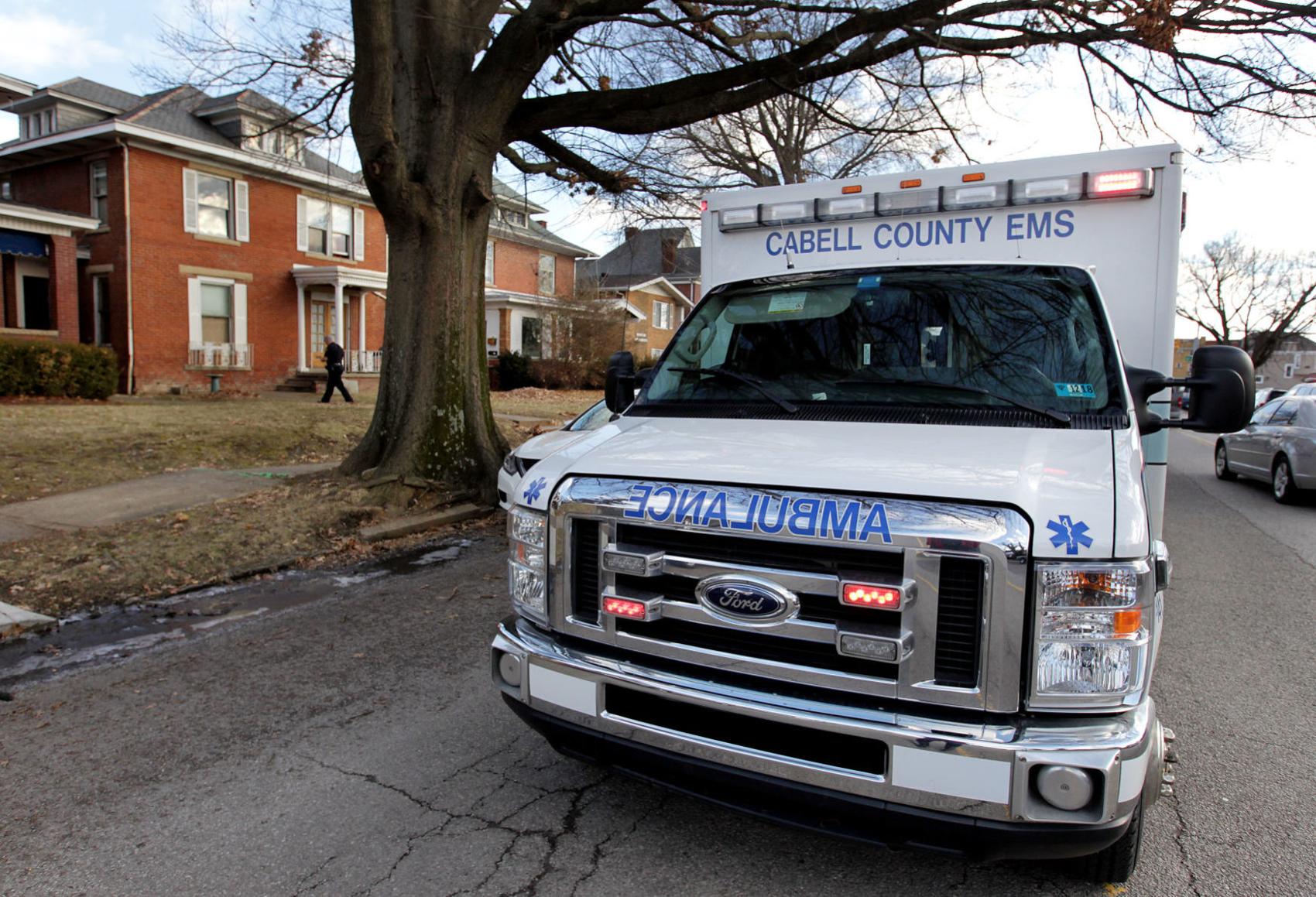‘How are we going to keep people alive?’ Behind the pandemic, overdoses are rising across West Virginia


As the COVID-19 pandemic rages on, so does the drug epidemic.
In May 2020, paramedics across West Virginia responded to 923 calls about people suspected of suffering an overdose, a nearly 50% increase over last May and 200 calls more than in any other month in the last two years, according to data from the West Virginia Office of Drug Control Policy. Emergency room visits for potential overdoses statewide increased last month to 663, which is also the highest number for the last two years.
Kanawha County’s Solutions Oriented Addiction Response has seen a more than 400% increase in the number of people overdosing, said Joe Solomon, co-founder of the program specializing in harm reduction and naloxone distribution.
“When we started hearing that, it was a moment of ‘Oh, my God,’” Solomon said. “How are we going to keep people alive? How are we going to get our people to survive this?”
Cases of overdoses being reversed by naloxone are averaging 16 a week — hitting 26 last week — compared to norms of three a week and 12 a month, Solomon said.
Overdoses cases are increasing nationwide, said Robin Pollini, a harm reduction expert and associate professor at the West Virginia University School of Medicine. Experts predicted overdose cases would increase as the coronavirus spread.
“COVID-19, the pandemic, is a very, very serious thing, but the whole time that it’s going on, all these health issues we already had have continued also going on in the background,” Pollini said. “We need to figure out how we respond to COVID-19 and continue treating those other ailments. How are our resources distributed? How do we do the jobs we have to do every day, with [a pandemic] on top?”
Those are questions without easy answers, Pollini said. That leaves people in the public sector to determine what works and what’s doesn’t.
Isolation from shutdowns and quarantines can be a trigger for relapse, Pollini said. That can be dangerous because tolerance lowers as users wean off drugs.
“I think people who have gotten into recovery and who have gotten clean in the last few months are some of the strongest people I know,” said Sarah Cordwell, who co-founded the Solutions program and has been in long-term recovery for more than six years. “I don’t think — I wouldn’t have been able to do that.”
Many support groups and rehabilitation programs across the state transitioned to online sessions, through video conferencing and call-ins instead of physical, in-person meetings.
Cordwell said that wouldn’t have worked for her early in recovery.
“I needed that in-person. That face-to-face access to other people in recovery was really instrumental to my success, and I know that’s true for others as well,” Cordwell said. “Some support has been lost behind COVID-19, so I am, we are, seeing some people in recovery start to use again. It seems obvious.”
Cordwell said people in public health think about strengthening support systems for addicts and those in recovery.
“These are people’s lives, these are West Virginians that we are leaving behind every day — and we’re just looking at the ones who have gone to the ER or called 911. That is for certain underreported,” Pollini said. “We need to focus on why this is happening and what we can change. Right now, we definitely need to figure out how we’re going to get people back into treatment who have relapsed. It’s not going to be easy.”
Services aren’t as accessible as they normally would be. Some rehab centers stopped intakes during the lockdown. Users sometimes are anxious about going to a health department or hospital for help with the virus circulating.“There are barriers in, I guess what we’d call ‘normal times,’ but now those walls are higher, the barriers are more,” Pollini said.
The Solutions program has expanded its work amid the pandemic, increasing naloxone distribution and stocking up on supplies in preparation for another possible lockdown. Users are getting naloxone.
“They’re the real first responders,” Cordwell said. “It’s kind of a ‘duh’ moment when you think about it, but they’re going to be the ones there if someone needs it.”
Solomon said officials hope for greater unity between the public and private sectors in fighting the pandemic. If people carried naloxone at the rate they wear masks and abide by so-called social distancing guidelines, hundreds of lives could be saved.
“What would we do if heart attacks went up 70% in the same area as drug overdoses? They’re the same hearts, and at the very least we’d talk about them, then we’d mobilize the entire community to save as many people as possible. We’d get chefs, fitness trainers, everyone we could on the front line,” Solomon said. “The way we get through the opioid crisis is by getting to work together. When we realize this is a community issue and it takes the whole community to confront it, the work will get easier, more expansive and have more impact. We’ll save more lives, something we should all want to help do.”
 Pathways Drug Rehabilitation Luxury Addiction Treatment & Detox Center
Pathways Drug Rehabilitation Luxury Addiction Treatment & Detox Center


